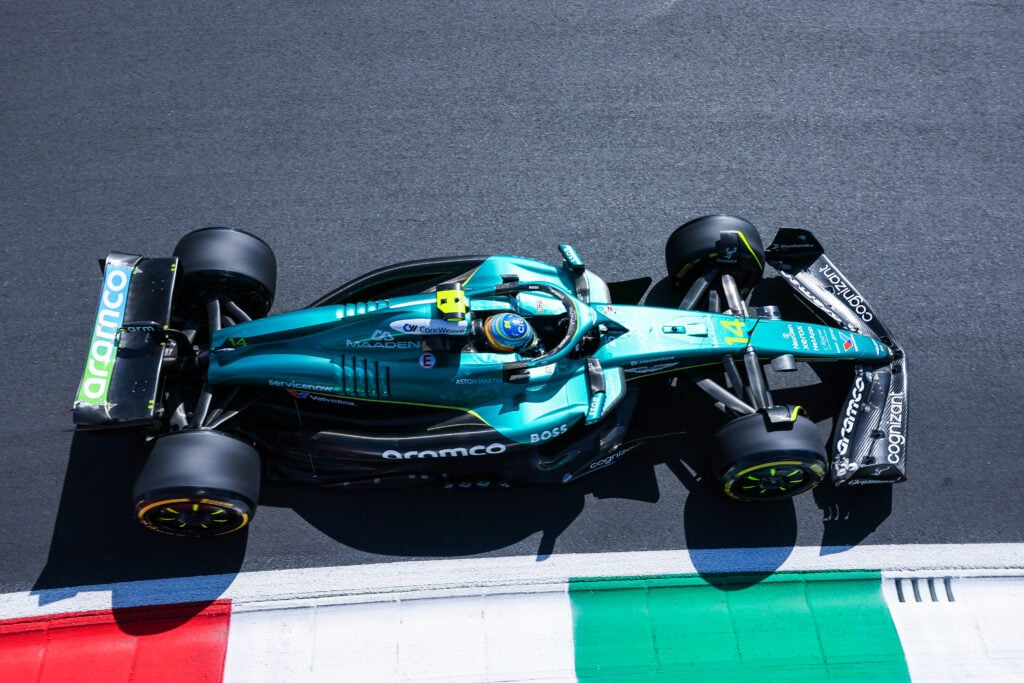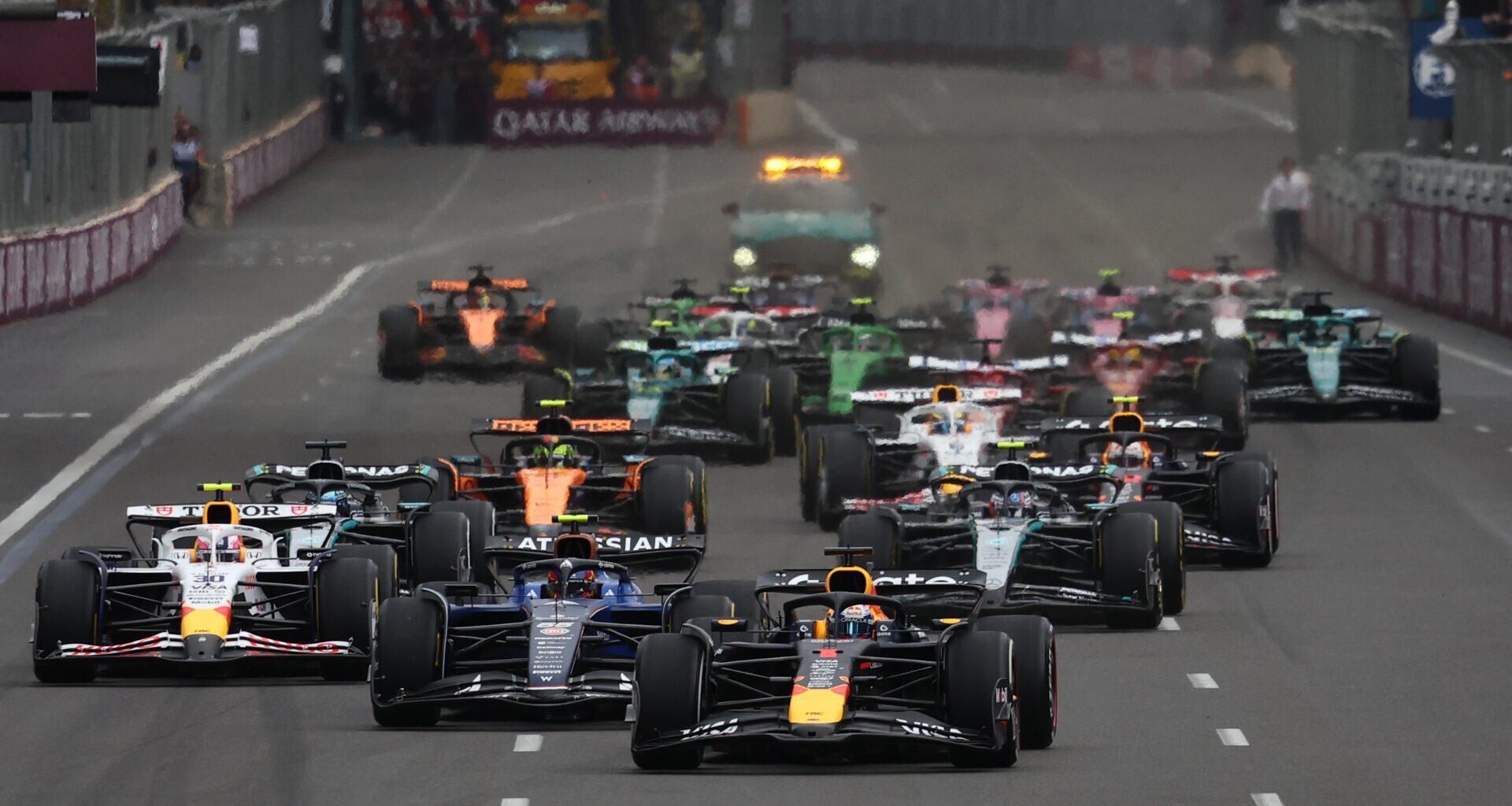Formula 1 faces one of the biggest changes in its 75-year history going into next season.
The 2026 regulation changes are going to potentially change the entire pecking order of the Formula 1 grid.
Alpine sit at the bottom of the constructors’ championship by quite some distance this year.
However, they will become a Mercedes customer team next year, and that could suddenly catapult them up the standings next year.
Likewise, Red Bull driver Max Verstappen still has an outside chance of winning the championship this season.
Position Drivers’ Championship PointsPts 1 324 2 299 3 255 4 212 5 165 6 121 7 78 8 70 9 39 10 37
But, there are concerns about Red Bull’s 2026 power unit that could see them fall away next year, and leave them desperately trying to convince Verstappen to commit to their long-term project.
There are factors beyond the new power units and movable aerodynamics that might also play a role in how each team performs.
One factor that hasn’t been spoken about enough is the introduction of new sustainable fuels next year.
Although a potentially important factor both for F1’s sustainability goals and the long-term future of road cars that use the technology developed by teams going forward, there are serious concerns about the cost going into next season.
 Photo by Fabrizio Carabelli/SOPA Images/LightRocket via Getty ImagesF1 teams already in ‘discussions’ about changing the sport’s new sustainable fuels
Photo by Fabrizio Carabelli/SOPA Images/LightRocket via Getty ImagesF1 teams already in ‘discussions’ about changing the sport’s new sustainable fuels
A report from Auto Motor und Sport has shared more details about the concerns arising from F1’s goal of introducing sustainable fuels to the sport.
It’s believed that these new fuels will cost around £186 per litre, although for some teams, such as Aston Martin, this figure will vary depending on sponsorship deals.
Aston Martin’s primary sponsor is Aramco, so it’s likely that they’ll be able to deal with this change better than smaller teams like Haas.
It’s hoped that Formula 1 will ‘become a showcase for e-fuels’, but whether that will be supported by teams who are going to spend millions more every year to use them is another matter.
Position Constructors’ Standings PointsPts 1 623 2 290 3 286 4 272 5 101 6 72 7 62 8 55 9 44 10 20
The report from AMuS suggests that ‘smaller teams’ are struggling to adapt to these rising costs ‘without suffering a sporting disadvantage’.
It’s believed that ‘in the paddock, discussions are underway’ to try and work out how to make these new fuels cheaper.
While the goal is to ‘maintain the ecological focus’ of the change without harming a team’s ‘financial competitiveness’, time is running out to make this a reality.
Stefano Domenicali and Mohammed Ben Sulayem agree on F1 fuel rule change
One way that Formula 1 could make these new sustainable fuels cheaper is to have an agreed supplier for the whole grid.
Stefano Domenicali and Mohammed Ben Sulayem agree on a standard fuel, but they would likely face a lot of pushback from certain teams.
As mentioned before, Aston Martin have a significant partnership with Aramco, while Mercedes and Ferrari also earn significant fees from Petronas and Shell.
TEAMENGINERed BullRed Bull Powertrains (in partnership with Ford)FerrariFerrariMcLarenMercedesMercedesMercedesAston MartinHondaRacing BullsRed Bull Powertrains (in partnership with Ford)HaasFerrariWilliamsMercedesAlpineMercedesAudiAudiCadillacFerrariF1 engine suppliers for the 2026 season
The last thing that F1 wants is for teams to be separated on the grid based on the fuel they’re using.
It’s an intangible differential between teams, and something would need to be done if this ended up being a factor in a championship battle.
For now, teams are far more worried about the rising costs, rather than the impact on the track.

